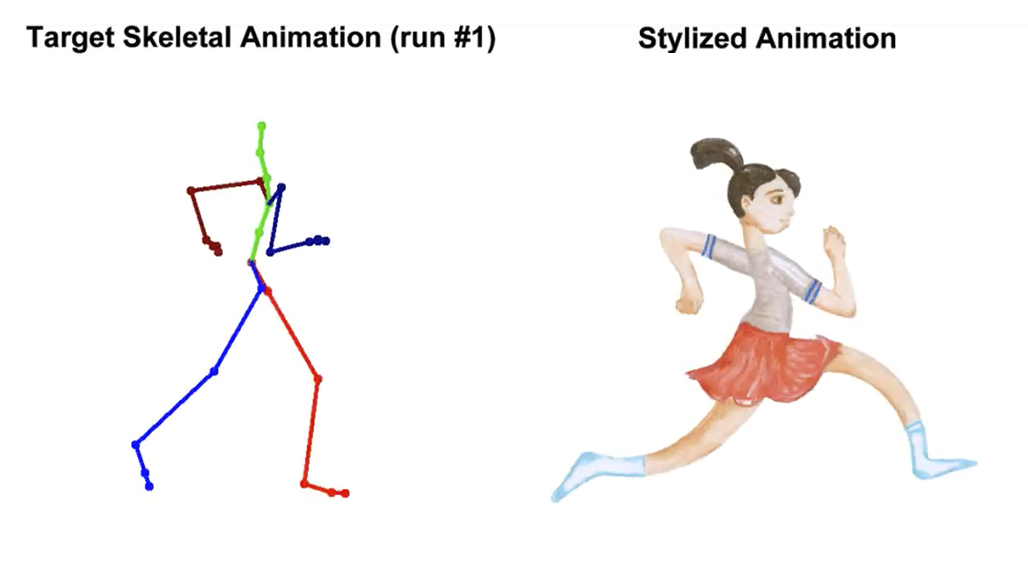
By Meredith Alexander Kunz, Adobe Research
Hand-colored character animations are a beautiful but extremely time-consuming creation for artists. But their work could get a lot easier, thanks to an experimental technology.
In the future, artists, filmmakers, and game designers could animate character drawings and paintings using an automated system developed by a collaboration between Adobe Research and Czech Technical University (CTU) in Prague. The research team published their new approach in a paper at graphics conference SIGGRAPH 2018.
“Right now, in order to create an animation, you have to be proficient in understanding animation workflows, drawing, timing, and more,” explains Vladimir Kim, senior research scientist. He worked with Adobe Research’s Wilmot Li, principal scientist, alongside Marek Dvorožňák, a former Adobe Research intern, and Daniel Sýkora, both of CTU.
“There are few tools out there—or none—that would allow somebody with no animation experience to be able to create unique content,” Kim said.
With their new technology, the team says, artists could use any media to draw, paint, or color an initial animation sequence for their characters, fitting poses over “stick figures” representing the basics of character motion. “From that input, we extract what we call a ‘style-aware puppet.’ You can think of it like a template,” says Li.
Using this puppet, the tool then generates running, jumping, dancing character animation. “So the artist only has to draw one animation sequence, as opposed to redrawing it every time you want to target it to a new motion,” says Kim.
The motion sequence used for character movement can be taken from live motion capture or from a database of movements, Li explains. “Figure motion is relatively cheap and becoming easier to come by, and we want to make use of it in as many ways as possible,” Li says.
Using the team’s new tool, combining this motion information with hand-colored example poses yields a span of fresh character animations.
One thing that makes this work stand out is how well it captures even non-standard character movements, like floppy arms, or billowing clothing, and then represents that in the finished animation. “That’s part of the information encoded in the style-aware puppet,” Li says.
The tool is also adept at imitating the subtle textures of a character’s clothing or hair, retaining the look and feel of the hand-colored animation in the final synthesized product.
This work has many potential applications, all of which would save artists, animators, and game designers time and effort.
Art by Zuzana Studená
Contributors:
Vladimir Kim and Wilmot Li, Adobe Research
Marek Dvorožňák and Daniel Sýkora, Czech Technical University in Prague, Faculty of Electrical Engineering